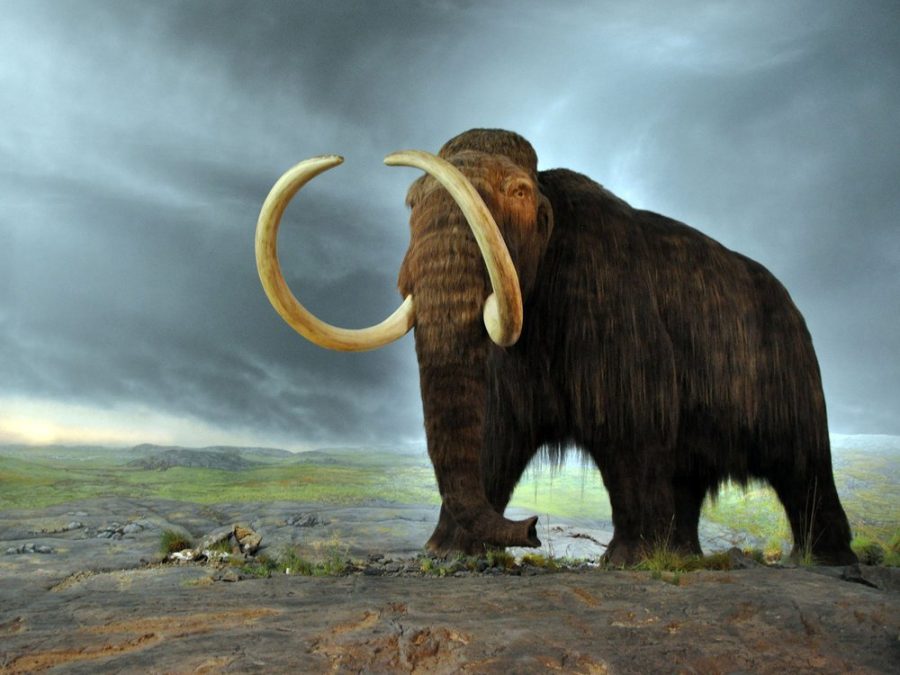The Return of the Woolly Mammoth Won’t Change the Decreasing Climate
October 22, 2021
Colossal, a fancy new biotech firm that began its research on September 14 with the stated objective of preserving biodiversity and addressing climate change, is on a mission to create an elephant-woolly mammoth mashup. Although the project has received a lot of publicity and support from well-known figures, conservation biologists remain unconvinced.
The science underlying Colossal is still in its infancy, and it’s riddled with ethical issues. A woolly mammoth hasn’t inhabited the Earth in about 10,000 years, so the company won’t literally bring one back. Colossal’s de-extinction endeavor instead aims to develop a hybrid between a woolly mammoth and a distant relative, the Asian elephant, which is also an endangered species.
Ecologists and biologists said in a recent study that mammoths are a terrible candidate for de-extinction research, which has gained traction in recent years, and that this initiative could divert attention away from other essential conservation efforts. Experts think the pseudo-resurrection of the woolly mammoth is a risky notion as a solution to climate change, considering the limited time mankind has to reduce greenhouse gas emissions that have caused Earth’s fever.

Colossal also plans to build an artificial uterus to carry the embryo, which will grow into a 200-pound fetus over the course of two years. Church and his team of researchers have been working toward this aim for nearly a decade, and Church predicted in 2017 that the embryo will be ready in a few years. But, according to Colossal co-founder and CEO and digital entrepreneur Ben Lamm, Church’s team has lacked the funding to make that happen until now. The project will receive $15 million in funding from Colossal’s backers, which include private equity firms and self-help expert Tony Robbins.
Even if everything goes according to plan for Colossal, Lamm estimates that giving birth to a hybrid calf will take roughly six years. It would then take another fourteen years or so for their first animal to reach reproductive age. To have any significant impact on the amount of heat-trapping gases in the atmosphere, the initiatives would need to be significantly scaled up from there. Even in the best-case scenario, however, essential climate goals will be missed. It’s far too late to help save coral reefs, which will require a 50% reduction in global emissions by the end of the decade to survive.
To address the climate crisis, the world needs to make significant and immediate reductions in greenhouse gas emissions from fossil fuel combustion. Bennett believes that climate action should focus on tackling the pollution that is at the foundation of the problem, rather than on large-scale initiatives with unknown outcomes.
